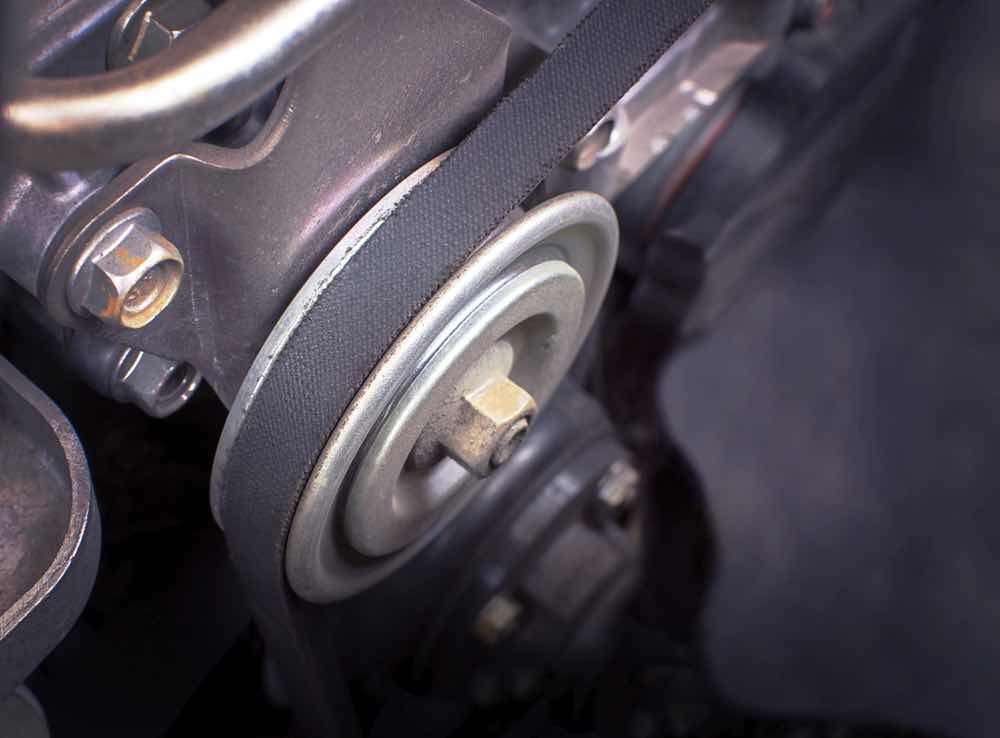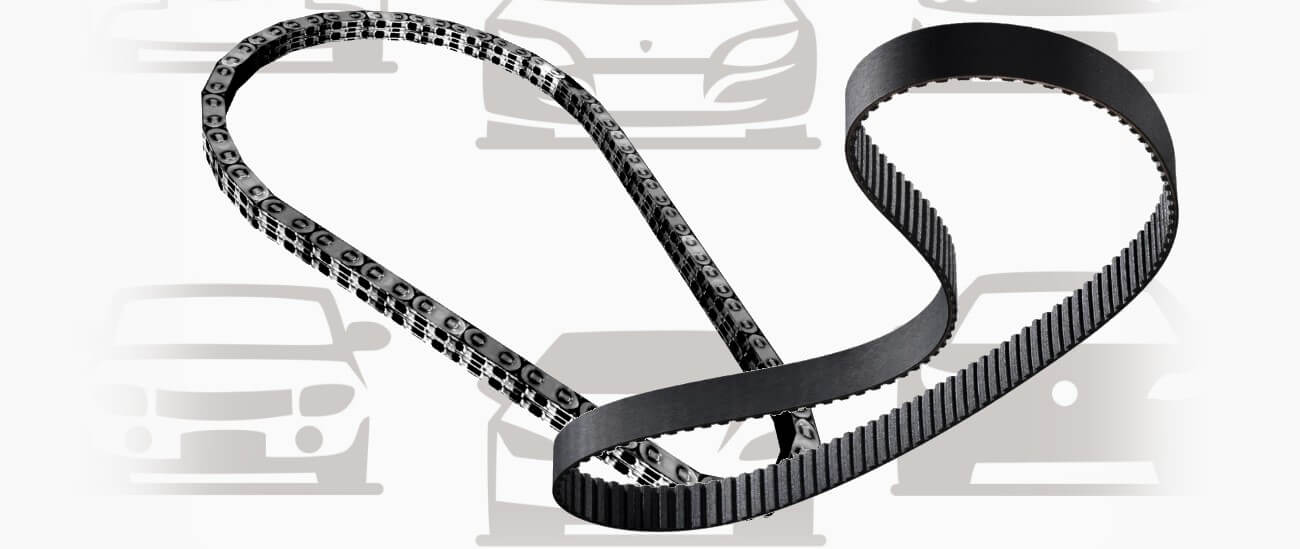

However, the first principle for optimum maintenance is reading your owner’s manual, as every manufacturer differs. Typically, timing belts should be changed every 4-5 years second usage. Timing belts are therefore a maintenance item they can wear out and fail without warning, and should be replaced on a regular basis. When should you carry out a car timing belt replacement?Īll the components of the distribution kit, including the water pump, are key elements for the proper cooling and operating of any vehicle’s engine and cooling system. Related content: Things to consider when choosing a timing belt kit

In most cases, doing so will save costs and labour, as well as ensuring a predictive and safe form of maintenance.

The reason why most quality timing belt kits include a water pump in its components, is because it is highly recommendable to replace both components at the same time.

For this reason, the pump market has evolved towards complete one box solutions that include the timing belt together with the rollers, bearings and screws required to correctly change the vehicle’s distribution, as well as an optional water pump. Timing belt kits were born as a more reliable, convenient and accessible way to carry out timing belt replacements and repairs. Operating in high heat environments makes them impossible to last forever, so vehicles will require a timing belt replacement at some point during its life. In many modern engines, timing belts have replaced metal timing chains as a quieter and lighter alternative, while remaining fairly durable.Įven though timing belts are durable and highly efficient, they are constantly under stress and subject to great forces inside the vehicle’s engine. The timing belt is a rubber belt with hard teeth that interlock with the cogwheels of the crankshaft and the camshafts. This action expels the burned gases from the combustion chamber to make way for the next cycle. Exhaust: The final phase, exhaust, sees the exhaust valve opening as the piston moves back up.The spark plug ignites the compressed air-fuel mixture, resulting in a controlled explosion that forcefully drives the piston downward. Power: The power phase marks the moment of ignition.The piston then compresses the air-fuel mixture to prepare it for ignition. Compression: The compression phase follows, where both the intake and exhaust valves remain closed.Intake: The intake phase involves the intake valve opening to allow the precise mixture of air and fuel to enter the engine’s combustion chamber, setting the stage for the power generation process.This synchronization plays out across the four distinctive phases of the engine’s combustion cycle, each bearing its significance: This proactive approach is vital to avert potential engine breakdowns due to a failing timing belt. Over time, the timing belt faces wear and tear, necessitating the vital process of timing belt replacement. However, this synchronized performance isn’t indefinite. This synchronization is pivotal in ensuring that the engine’s valves open and close in harmony with the pistons’ motion. Within this choreography, the timing belt emerges as a conductor, synchronizing the movements of the crankshaft and the camshafts. This system orchestrates a dance between components crucial for a vehicle’s operational prowess. Timing belts in vehicles offer an alternative to traditional timing chains, forming the crux of a vehicle’s timing system responsible for its seamless functioning.


 0 kommentar(er)
0 kommentar(er)
